Starlink Internet Speed: How Fast Is SpaceX’s Satellite Internet
In today’s digital age, fast and reliable internet is no longer a luxury—it is a necessity. From remote work and online education to entertainment and global communication, internet speed plays a crucial role in everyday life. One of the most innovative solutions addressing global connectivity challenges is Starlink internet speed, a service powered by SpaceX’s satellite constellation. For people living in remote areas, underserved regions, or places with limited broadband infrastructure, Starlink has emerged as a promising option.
This article explores Starlink internet speed, how it compares to other services, the factors that influence it, and what users can realistically expect.
What Is Starlink?
Starlink is a satellite internet service launched by SpaceX with the goal of providing high-speed, low-latency internet across the globe. Unlike traditional providers that rely on fiber optics or geostationary satellites, Starlink uses thousands of low Earth orbit (LEO) satellites. These satellites orbit much closer to the planet, enabling better speeds and reduced latency.
The main promise of Starlink is to deliver internet speeds that rival or even exceed conventional broadband, especially in regions where laying fiber or installing cable infrastructure is not feasible.
Average Starlink Internet Speed
The average Starlink internet speed has improved significantly since the project’s beta launch in 2020. Currently, residential users typically experience:
- Download Speeds: 100 Mbps to 250 Mbps, depending on location and network congestion.
- Upload Speeds: Around 20 Mbps to 40 Mbps, sufficient for video calls, cloud backups, and gaming.
- Latency: 20 to 50 milliseconds, far better than traditional satellite internet, which often exceeds 600 ms.
These numbers make Starlink internet speed competitive with many fiber and 5G services, particularly in rural or semi-urban areas.
Factors Influencing Starlink Internet Speed
Although Starlink offers impressive performance, speeds can vary depending on several factors:
- User Location – Areas with fewer users tend to enjoy faster speeds, while congested regions may experience slowdowns.
- Weather Conditions – Heavy rain, snow, or dust storms can temporarily disrupt connectivity.
- Satellite Coverage – As more satellites are launched, speeds are expected to improve consistently.
- Obstructions – Trees, tall buildings, or mountains blocking the dish’s view of the sky can affect performance.
- Network Usage – Peak hours, when many people are online, can lead to reduced Starlink internet speed.
Comparing Starlink Internet Speed with Other Providers
To better understand the advantages of Starlink internet speed, let’s compare it with other common internet services:
| Service Type | Download Speed | Upload Speed | Latency | Best Use Case |
| Starlink | 100–250 Mbps | 20–40 Mbps | 20–50 ms | Rural & remote areas, general use |
| Fiber Broadband | 300 Mbps–1 Gbps+ | 100 Mbps+ | 5–20 ms | Urban areas, heavy streaming, business |
| 5G Mobile Internet | 200 Mbps–1 Gbps+ | 50–150 Mbps | 10–30 ms | Urban/suburban, mobile users |
| DSL | 10–100 Mbps | 1–10 Mbps | 30–60 ms | Basic browsing in developed areas |
| Traditional Satellite | 10–30 Mbps | 1–5 Mbps | 600+ ms | Remote areas with no other options |
Clearly, Starlink internet speed outperforms traditional satellite internet and rivals DSL, while being slightly behind fiber and advanced 5G.
Benefits of High Starlink Internet Speed
The strong performance of Starlink offers several benefits:
- Remote Work: Smooth video conferencing and real-time collaboration tools.
- Streaming: Support for HD and 4K content without buffering.
- Gaming: Low latency makes online multiplayer gaming feasible.
- Education: Seamless virtual learning, even in rural communities.
- Business Connectivity: Reliable access for small businesses in remote locations.
By making high-speed internet accessible beyond city limits, Starlink internet speed helps close the digital divide.
Challenges with Starlink Internet Speed
Despite its benefits, Starlink is not without limitations:
- Cost Factor: Hardware costs around $599, and monthly subscriptions average $110–$120, which may be high for some households.
- Performance Variability: Speeds can fluctuate depending on coverage and user density.
- Weather Impact: Signal quality may drop during extreme weather.
- Regulatory Hurdles: Some countries are yet to approve Starlink operations.
These challenges highlight that while Starlink internet speed is revolutionary, it is not yet flawless.
The Future of Starlink Internet Speed
The outlook for Starlink is promising. SpaceX plans to launch thousands more satellites, which will enhance global coverage and improve performance. Additionally, new technologies such as laser inter-satellite links are expected to further reduce latency and increase efficiency.
In the near future, Starlink internet speed could exceed 300 Mbps regularly for residential users, with even higher bandwidth options available for businesses, maritime, and aviation industries.
Who Benefits Most from Starlink Internet Speed?
- Rural Households: People in regions without fiber or cable options.
- Travel Enthusiasts: RV owners, sailors, and campers who need connectivity on the move.
- Emergency Responders: Disaster zones often use Starlink to re-establish communication quickly.
- Global Enterprises: Businesses in agriculture, mining, or shipping benefit from reliable global internet.
Conclusion
Starlink internet speed has transformed the satellite internet industry by offering fast, reliable, and low-latency connectivity to people around the world. While it may not always match the highest speeds of fiber or 5G in urban areas, it fills a vital gap for rural communities and underserved regions.
As more satellites are launched and the technology evolves, users can expect even better Starlink internet speed in the future, making it a key player in global digital inclusion.

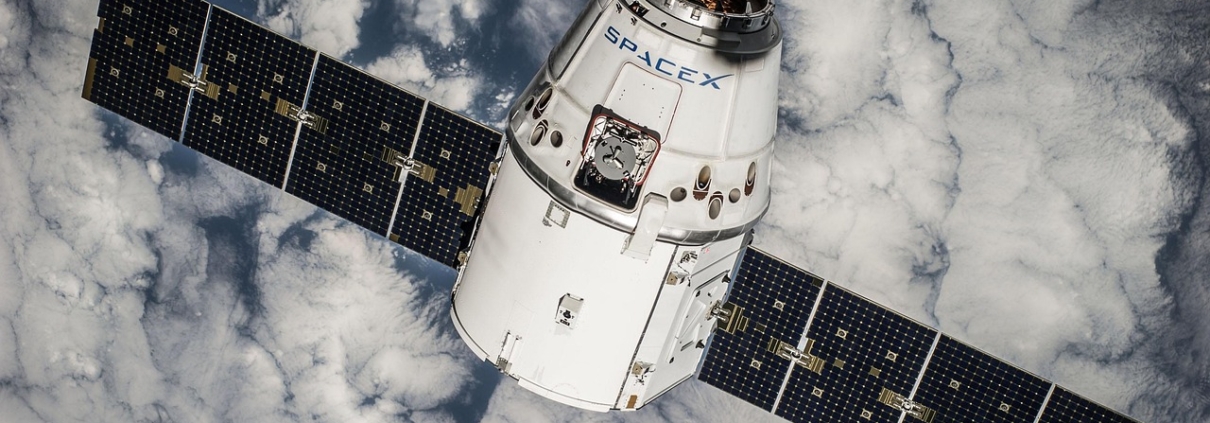
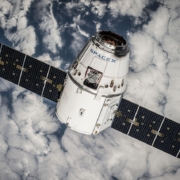
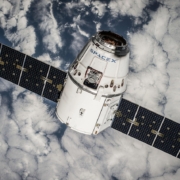
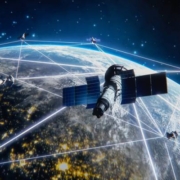
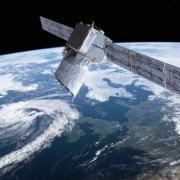

Leave a Reply
Want to join the discussion?Feel free to contribute!